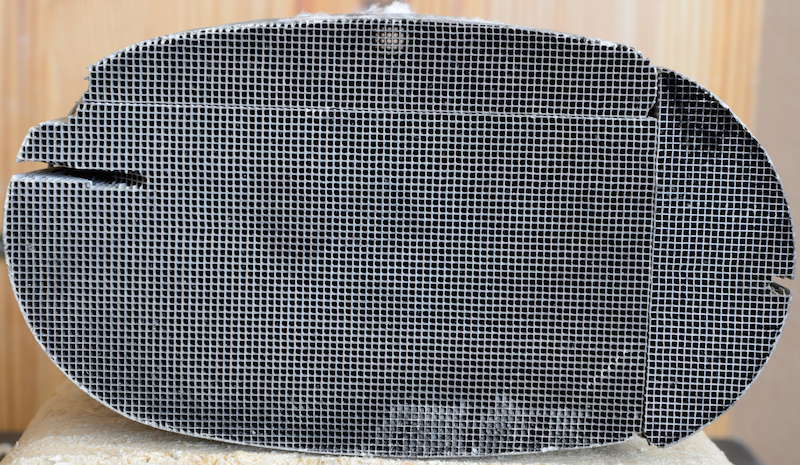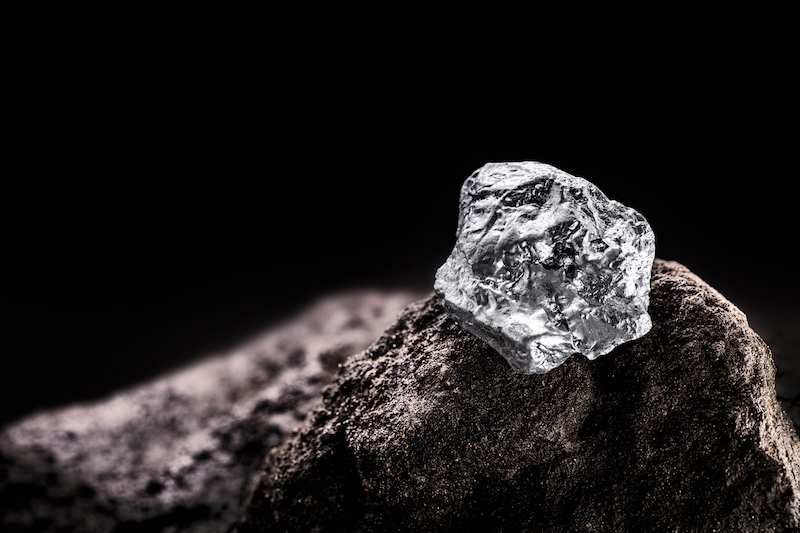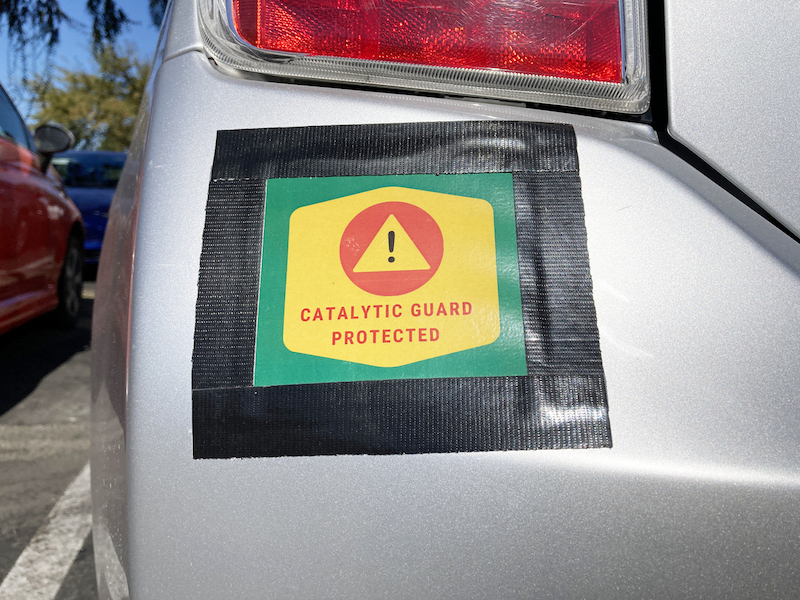With the rising cost of living becoming a national problem, it’s not surprising that theft is currently increasing. Recent reports within our industry have shown that catalytic converters have especially become vulnerable, but what makes them so valuable to thieves?
What Is a Catalytic Converter?
A catalytic converter is a part of the exhaust system underneath a car. It converts the harmful fuels that an internal combustion engine produces into less harmful emissions. They were first seen in vehicles around the mid-70s but quickly became installed universally.
They are the size of a loaf of bread and can be found between the muffler and the engine. This equipment removes many harmful pollutants from the exhaust, allowing less toxic fumes to escape through the exhaust pipe and into the atmosphere. The device requires heat to function efficiently, so it is usually placed close to the engine.
To replace, they cost anything from £150 to £800 plus labour, so knowing what yours is and where they are may help understand the value of the part, with guidance to protecting yours.
How Does a Catalytic Converter Work?
Since the 1950s, car manufacturers have been striving to improve the reduction of harmful gases released from vehicles, reducing the impact these have on the environment. The outcome from a working combustion engine includes pollutants, usually hydrocarbons, carbon monoxide and nitrogen oxides. Thus, the catalytic converter was born.
Inside the catalytic converter casing are two ceramic blocks of thousands of microcellular channels, which look like a honeycomb. The surfaces of the ceramic blocks are coated with some precious metals such as platinum, palladium and rhodium. Due to the innovative placement of the catalytic converter, when heated to the optimum temperature of 400°C, they cause a chemical reaction which breaks down the toxic gases expelled from the engine and protrudes carbon dioxide and water vapours.
The lifespan of these parts is around ten years or 70,000 – 100,000 miles. A car that doesn’t make long journeys very often will find this time shortened. Without the vehicle reaching the optimum temperature regularly for significant amounts of time, the catalytic converter doesn’t have the chance to work efficiently, leaving many toxins in the engine.
Why Are Catalytic Convertors a Valuable Part of the Car?
Catalytic converters are essential to the environmental impact cars have on the environment. However, due to the metal they contain, they are also very valuable in vehicle recycling services.
Platinum
As a metal, platinum is valuable and most commonly associated with luxury jewellery. Derived from the Spanish word platina (meaning “little silver”) due to its colour, it is a rare element mined from the earth’s crust.
Despite being such a rare metal, it offers many uses.
- Scientific uses as an electrode
- Optical fibres, wires and pacemakers
- Jewellery and watches
- Catalytic converters
Although it is a metal in high demand, recycling isn’t easy and requires extraordinary processes.
Palladium
The most extensive use of palladium is for catalytic convertors, jewellery and dental crowns. Due to its lustrous silver appearance, it makes stunning substitutions for platinum. It is also the most successful metal in absorbing hydrogen, absorbing 900 times its volume, making it an essential material for the catalytic converter.
Much like platinum, it is a precious metal and reasonably challenging to recycle. The main difficulties with these metals are the lack of quantity. Due to the nature of recycling this product, it requires a dedicated specialist who solely prioritises precious metals.
Rhodium
As the world’s rarest precious metal, rhodium is also the most expensive. This material is a by-product of mining platinum, copper and nickel refining and has been discovered since the 1930s. The largest rhodium mining is in South Africa; a single ounce is worth around £12,750.
It has never been found harmful to humans, but the chances of coming into contact with significant amounts of the metal are rare. 80% of the world’s rhodium is used for catalytic converters to assist in cleaning the emissions.
A Rise in Catalytic Converter Theft
These precious metals in the vehicle have made them a hot commodity amongst thieves. As these are usually relatively easy to remove, they are easy targets and, with the proper knowledge, could be removed in a matter of minutes without any awareness from a passerby.
There are preventative measures you can take to avert the attempted theft of a catalytic converter, including purchasing kits which can assist in securing the part to your car. In addition, keeping your vehicle in a locked garage overnight will offer the best protection from a costly replacement.
To combat this in the industry, buyers can’t buy scrap metal with cash. To purchase scrap metal for recycling, traceable payments must be used throughout. If a catalytic converter is reported missing, it is much easier to trace it back to the seller and potential thieves with a paper trail than without.




